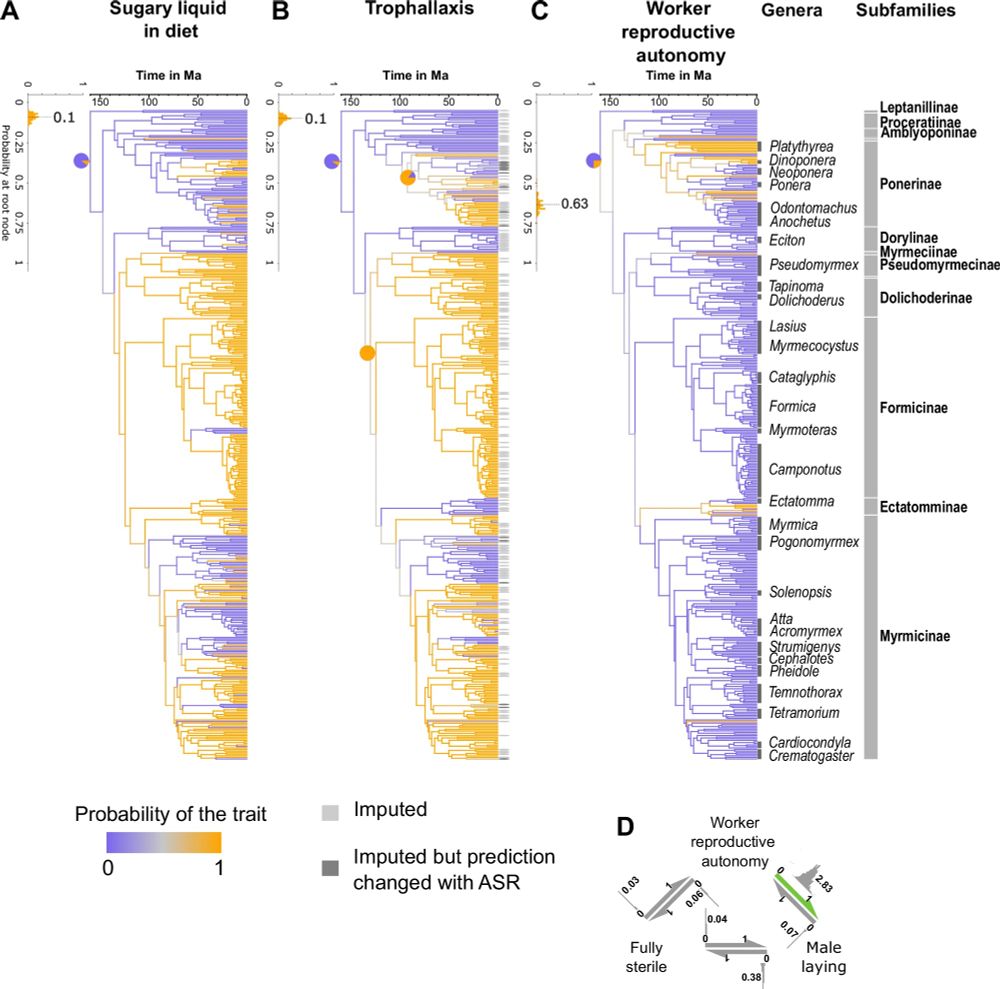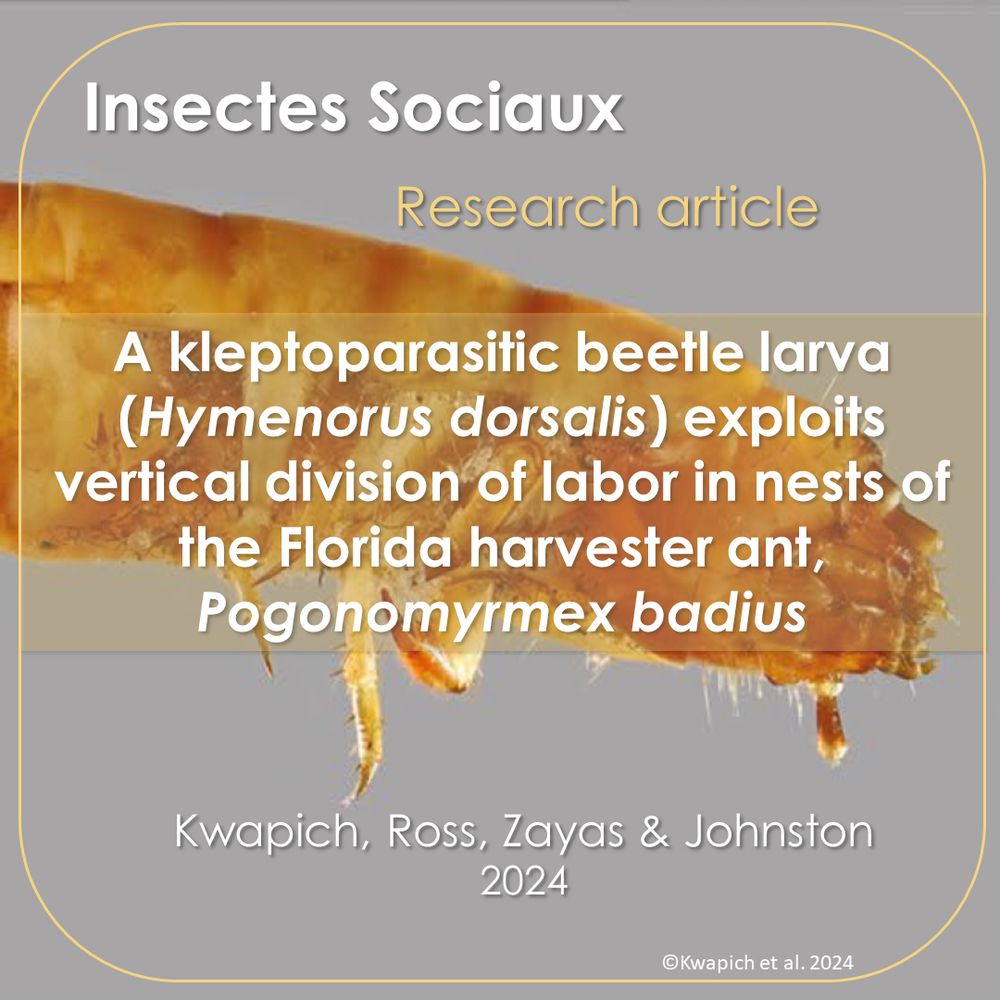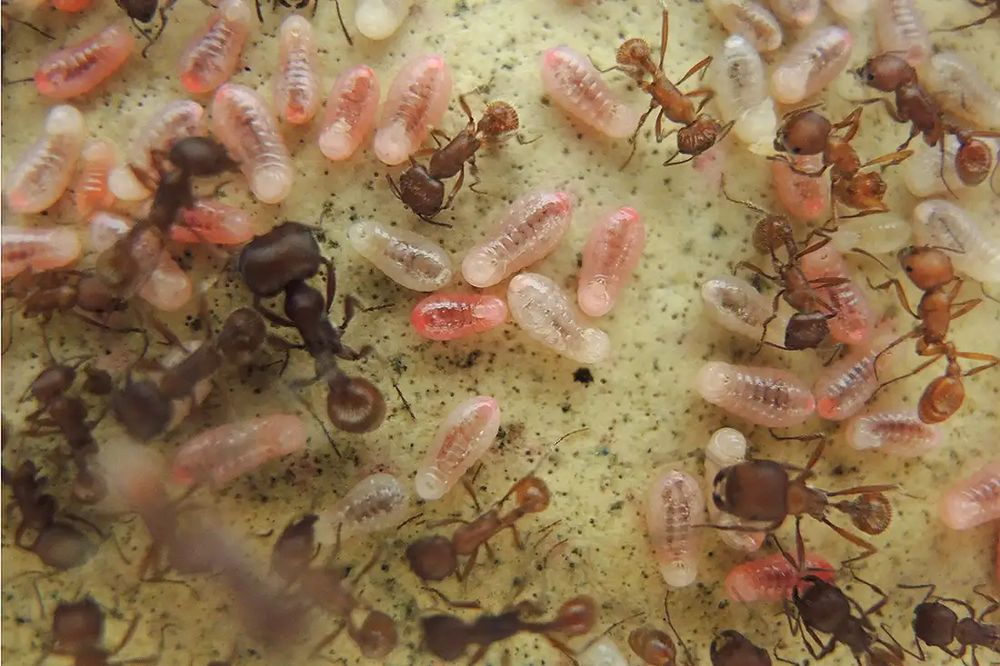Christina Kwapich
@pogonokwap.bsky.social
660 followers
380 following
15 posts
Assistant Professor at the University of Central Florida. Ants, nests, myrmecophiles.
Co-author of “The Guests of ants: how myrmecophiles interact with their hosts”(Harvard University Press)
Lab site: www.christinakwapich.com
Posts
Media
Videos
Starter Packs
Christina Kwapich
@pogonokwap.bsky.social
· Mar 14
Reposted by Christina Kwapich
Christina Kwapich
@pogonokwap.bsky.social
· Jan 10
Christina Kwapich
@pogonokwap.bsky.social
· Jan 10
Christina Kwapich
@pogonokwap.bsky.social
· Jan 10
Christina Kwapich
@pogonokwap.bsky.social
· Jan 10
Christina Kwapich
@pogonokwap.bsky.social
· Jan 10
Christina Kwapich
@pogonokwap.bsky.social
· Jan 10
Reposted by Christina Kwapich
Reposted by Christina Kwapich
Christina Kwapich
@pogonokwap.bsky.social
· Dec 15
Reposted by Christina Kwapich
Christina Kwapich
@pogonokwap.bsky.social
· Nov 22
Christina Kwapich
@pogonokwap.bsky.social
· Nov 21








